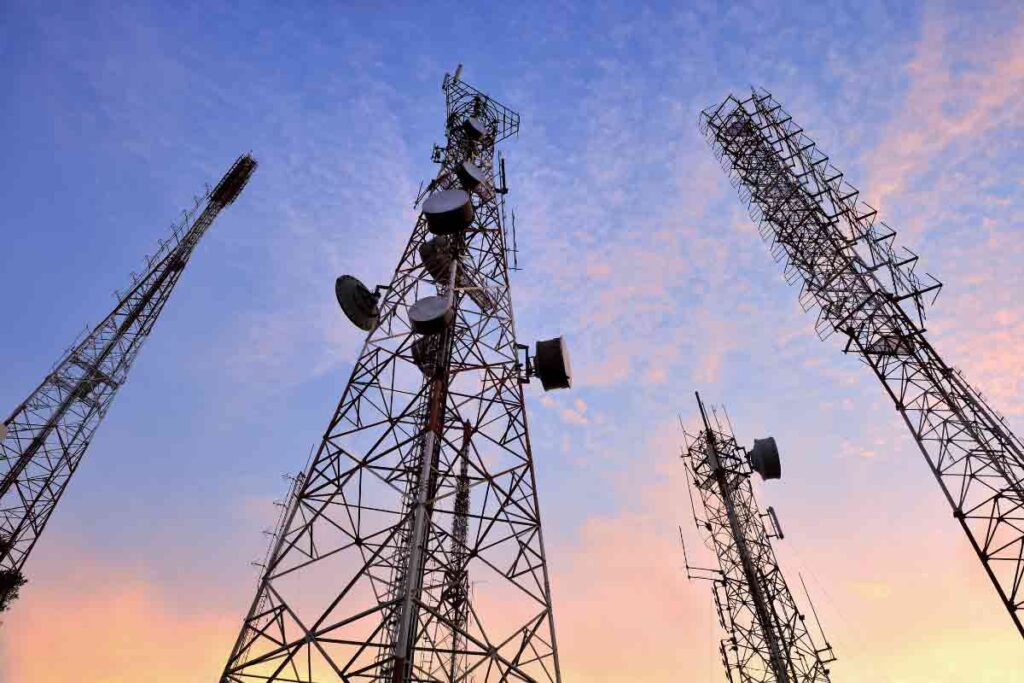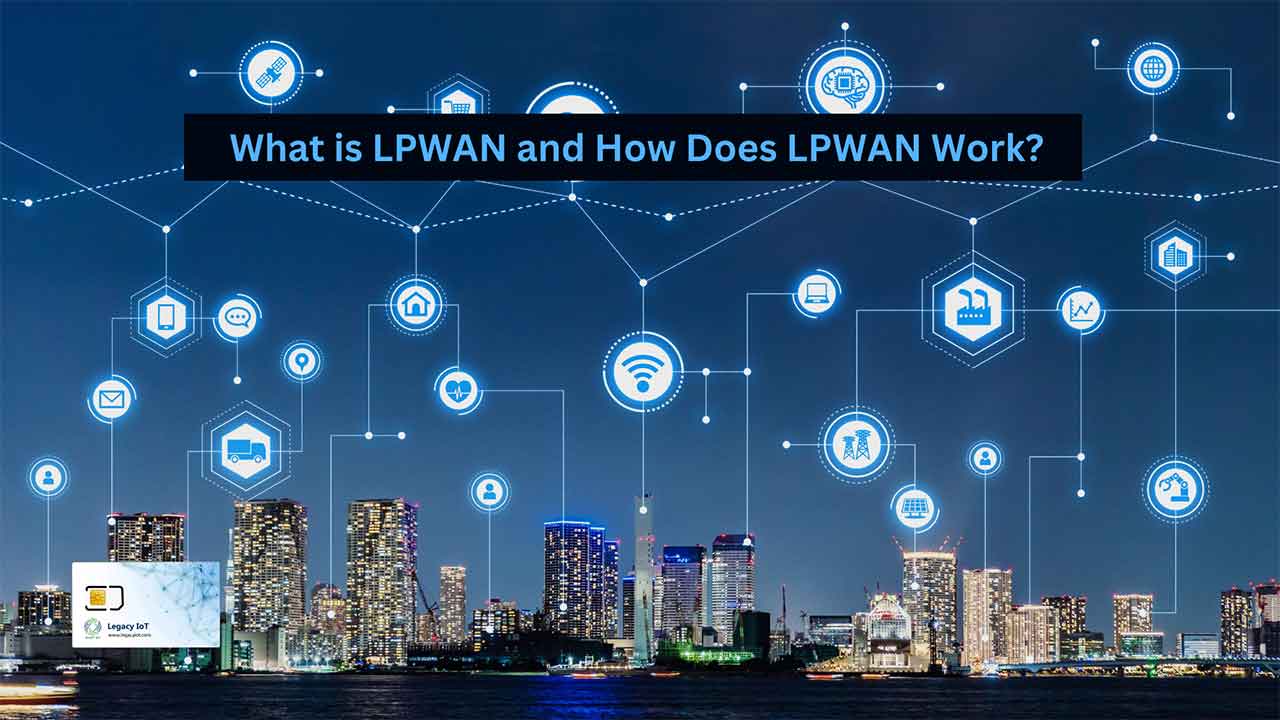In the evolving world of the Internet of Things (IoT), connectivity is the lifeline that brings devices, sensors, and systems to life. As IoT continues to scale up, it demands communication networks that are efficient, reliable, and capable of catering to the unique needs of connected devices. Enter Low Power Wide Area Network (LPWAN) – a groundbreaking technology specifically tailored for IoT applications.

LPWAN redefines connectivity by offering unparalleled range, low power consumption, and cost-efficiency. This extensive guide will explore What is LPWAN and How does LPWAN work?, covering its technologies, and its future in the IoT ecosystem.
What is LPWAN?
LPWAN, or Low Power Wide Area Network, is a class of wireless communication technology that has been purpose-built for low-bandwidth IoT applications. Unlike conventional networks like Wi-Fi or cellular, which prioritize speed and data volume, LPWAN focuses on energy efficiency and long-range communication. This makes it an ideal choice for IoT devices that need to transmit small data packets over vast distances intermittently.
Key LPWAN technologies include:
LoRaWAN: A widely used LPWAN protocol operating in unlicensed spectrum bands, ideal for long-range communication. It supports bidirectional communication and is widely adopted in industries such as agriculture, logistics, and smart cities.
Sigfox: A global network that provides ultra-narrowband communication, known for its simplicity and energy efficiency. Sigfox is particularly suitable for use cases where devices need to send infrequent, small data updates, such as environmental monitoring or asset tracking.
NB-IoT (Narrowband IoT): Operates on licensed cellular spectrum, offering robust connectivity with enhanced reliability and security. NB-IoT is often used in applications requiring more reliability, such as smart meters and industrial IoT.
Want to know about NB-IoT or Narrowband IoT in detail?
LTE-M (Long Term Evolution for Machines): Another cellular-based LPWAN protocol designed for IoT applications requiring mobility and moderate data rates. LTE-M supports voice communication and is suitable for applications such as healthcare wearables and fleet tracking.
These protocols cater to various industry requirements, ensuring there’s an LPWAN solution for almost every IoT need.
How Does LPWAN Work?
LPWAN technologies employ narrowband communication, which allows for extended range and lower power consumption. Here’s a simplified breakdown of how LPWAN operates:
IoT Devices: Sensors or devices collect data and transmit it over LPWAN using minimal power. These devices are typically battery-operated and can last for years without requiring maintenance.
Gateways/Base Stations: These devices receive data from IoT sensors and forward it to the network server. Gateways play a crucial role in extending coverage and managing multiple devices simultaneously.
Network Server: The server processes the incoming data and directs it to the appropriate application for analysis and action. Modern servers also incorporate security protocols to ensure data integrity and privacy.
Applications: End users can access processed data to monitor, control, or analyze IoT systems. Applications range from IoT smart home platforms to large-scale industrial monitoring systems.
LPWAN’s ability to transmit small packets of data over long distances is the cornerstone of its utility in IoT ecosystems. By using narrowband frequencies, LPWAN minimizes interference, enabling reliable communication even in challenging environments.
The Future of LPWAN
As IoT adoption continues to grow, LPWAN technologies are expected to play an increasingly significant role. Emerging advancements, such as hybrid connectivity models that combine LPWAN with other network technologies, will enhance the efficiency and scalability of LPWAN networks. Furthermore, the integration of LPWAN with 5G networks is anticipated to unlock new possibilities, enabling more robust and versatile IoT applications.
In addition to technological improvements, the expansion of LPWAN coverage globally will support new use cases. For instance, in agriculture, LPWAN-enabled sensors can provide real-time data on soil conditions and weather, helping farmers optimize yields. IoT in smart cities, LPWAN can power applications like waste management, traffic monitoring, and energy-efficient lighting systems.
Conclusion
LPWAN is a transformative technology that addresses the unique connectivity requirements of IoT devices. Its extended range, low power consumption, and cost-effectiveness make it a preferred choice for industries looking to scale their IoT deployments – and at Legacy IoT, we make cellular connectivity secure with our IoT SIM Card or M2M SIM Card, we support growing coverage for LPWAN LTE Cat M1 and seamless, global coverage for Cat M1 LTE/4G/3G/2G IoT devices in 200 countries around the world. From agriculture to smart cities, LPWAN’s applications are vast and varied. While it’s not without challenges, such as limited data transmission rates and potential spectrum interference, the continuous evolution of LPWAN technologies ensures that it will remain a cornerstone of IoT connectivity for years to come.





